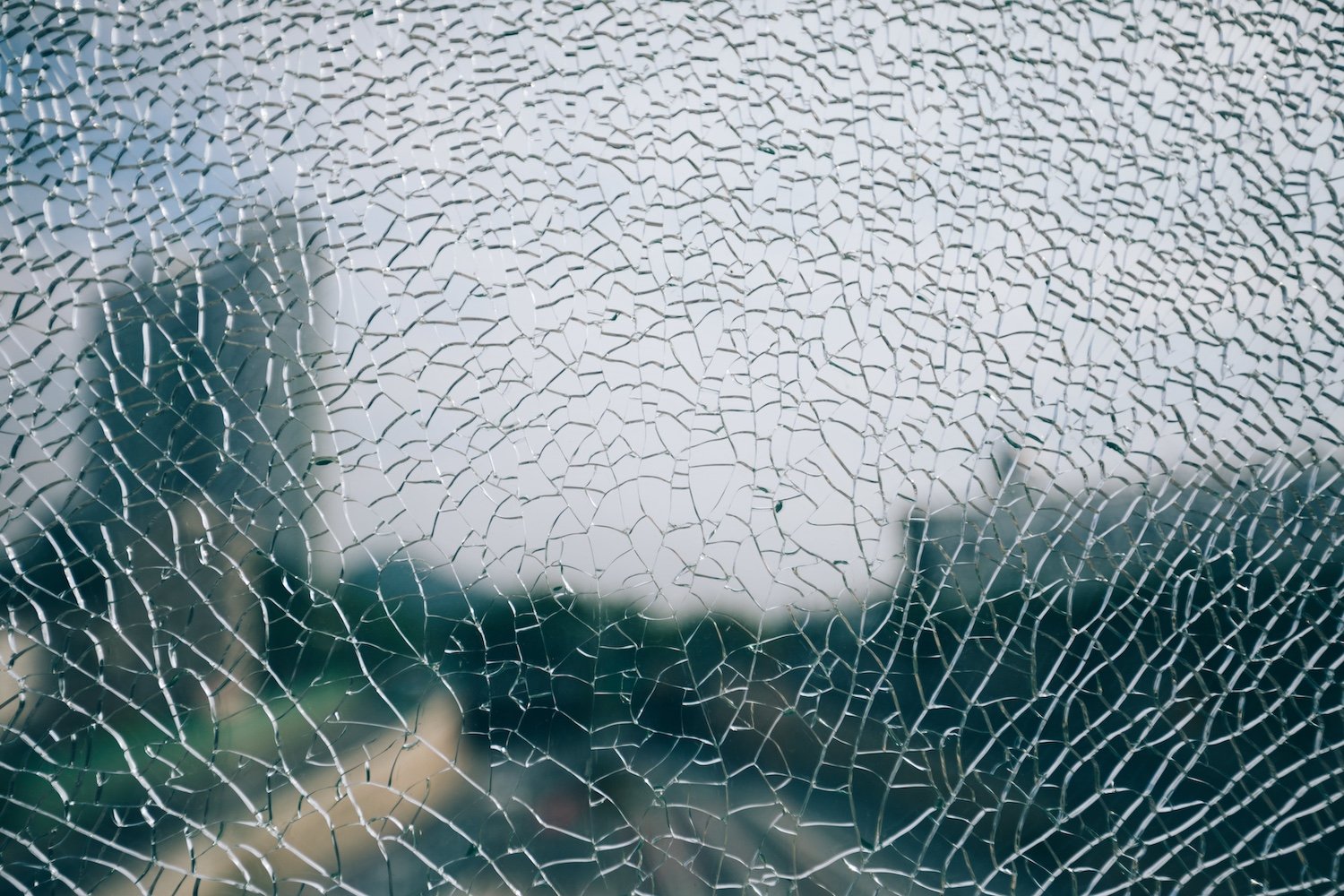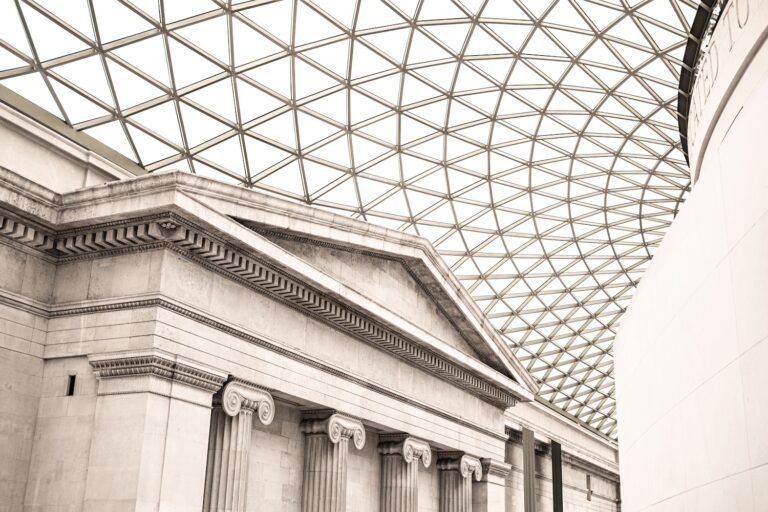When it comes to architectural and interior design, glass plays a pivotal role in creating open, light-filled spaces. However, not all glass is created equal. Safety glass, specifically tempered and laminated glass, ensures both aesthetics and safety. Let’s delve into why safety glass matters:
Tempered Glass: Resilience Under Pressure
Tempered glass undergoes a controlled heating and rapid cooling process, making it up to five times stronger than regular glass. When shattered, it breaks into small, blunt pieces, reducing the risk of serious injury.
Common applications include shower doors, glass railings, and automobile windows. Imagine a shower enclosure that won’t shatter into sharp shards if accidentally bumped!
Laminated Glass: Bonded Layers for Protection
Laminated glass consists of two or more layers with a strong interlayer (usually polyvinyl butyral or ethylene-vinyl acetate) sandwiched between them. Even when shattered, the interlayer holds the glass together, preventing it from falling apart. This property is crucial for safety during natural disasters or break-ins.
Laminated glass is ideal for skylights, glass floors, and hurricane-resistant windows.
Safety in Automotive Industry
Laminated Windshields: These windshields consist of two layers of glass with a plastic layer in between. In the event of a collision, the laminated design prevents the glass from shattering into large, dangerous pieces. This not only reduces the risk of injury from flying glass shards but also helps keep passengers from being ejected from the vehicle, significantly enhancing safety.
Tempered Glass in Side Windows: The side windows are made from tempered glass, which is designed to shatter into small, blunt pieces upon impact. This feature is crucial for minimizing the risk of injury during accidents, as the small pieces are less likely to cause serious harm compared to large, sharp shards. Additionally, tempered glass is much stronger than regular glass, providing added protection against break-ins and other impacts.
Overall, the use of safety glass in modern vehicles demonstrates the automotive industry’s commitment to passenger safety. By incorporating laminated windshields and tempered side windows, manufacturers ensure that vehicles are better equipped to protect occupants in the event of an accident, reducing the risk of injury and enhancing overall safety.
Building Codes and Regulations
These codes require the use of safety glass in specific locations, such as near doors, staircases, and balconies, to prevent injuries and enhance overall safety.
Safety Glass Requirements: Building codes mandate that safety glass be installed in areas with a higher risk of impact or breakage. This includes locations like doors, where people frequently pass through, staircases, where falls can occur, and balconies, where the risk of falling is significant. Safety glass is designed to break into small, blunt pieces rather than sharp shards, reducing the likelihood of serious injuries.
Overall, building codes and regulations regarding safety glass are vital for maintaining safe and secure living and working spaces. They provide clear guidelines for the installation of safety glass, ensuring that structures are designed with the protection of occupants in mind. Compliance with these regulations not only enhances safety but also demonstrates a commitment to responsible building practices.
Security and Noise Reduction
Laminated glass offers enhanced security by making it difficult for intruders to break through, providing an added layer of protection against forced entry. This makes it an excellent choice for both residential and commercial properties. Additionally, both tempered and laminated glass are effective at reducing noise transmission. This feature is particularly beneficial in noisy urban environments, as it helps to create a quieter and more comfortable indoor atmosphere. By using these types of glass, property owners can improve both the security and acoustic comfort of their buildings, enhancing overall quality of life.
Commercial and Industrial Applications
Safety glass finds use in commercial spaces, including storefronts, museums, and sports arenas. Industrial settings benefit from safety glass in machinery enclosures, control rooms, and observation decks.
In summary, safety glass isn’t just about aesthetics; it’s about protecting lives. Whether you’re designing a skyscraper or renovating your home, prioritize safety by choosing the right glass. Kyriakidis Vasilios SA understands this importance and continues to provide top-quality safety glass solutions for a secure and beautiful world.




